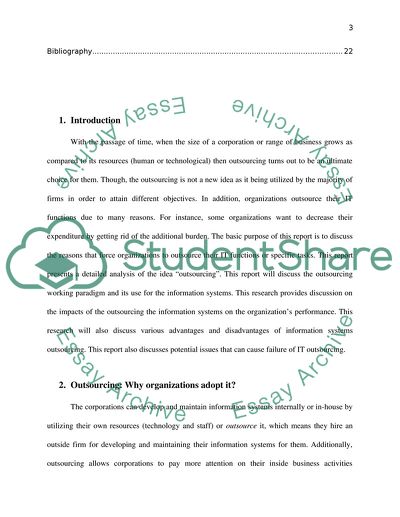Cite this document
(“Management Information and Communication Systems (MICS Essay”, n.d.)
Management Information and Communication Systems (MICS Essay. Retrieved from https://studentshare.org/information-technology/1639462-management-information-and-communication-systems-mics
Management Information and Communication Systems (MICS Essay. Retrieved from https://studentshare.org/information-technology/1639462-management-information-and-communication-systems-mics
(Management Information and Communication Systems (MICS Essay)
Management Information and Communication Systems (MICS Essay. https://studentshare.org/information-technology/1639462-management-information-and-communication-systems-mics.
Management Information and Communication Systems (MICS Essay. https://studentshare.org/information-technology/1639462-management-information-and-communication-systems-mics.
“Management Information and Communication Systems (MICS Essay”, n.d. https://studentshare.org/information-technology/1639462-management-information-and-communication-systems-mics.


